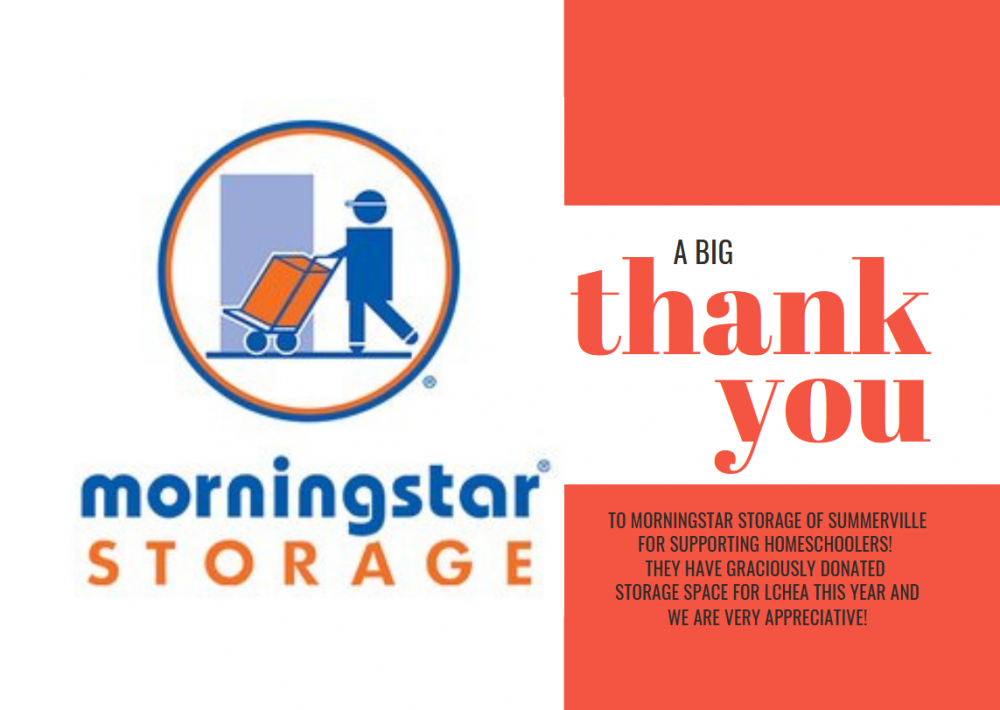Did you miss the Kickoff? See a recap here: https://www.homeschool-life.com/3195/custom/118596
About Us
Hello, and welcome to the LCHEA website! We are a non-profit, Christian support group established for homeschooling parents in the Lowcountry of South Carolina. We have been in existence for over 30 years and our purpose is to provide support, guidance, and encouragement to one another based on Christian principles. These principles are outlined in our Statement of Faith. Among the many things offered to LCHEA members are field trip opportunities for every age group, holiday celebrations, prom, clubs, yearbook, graduation and much, much more!
Please note, LCHEA is a homeschool support group only and it does not give you legal homeschooling status in the state of South Carolina. Please refer to the SC Homeschool Laws page to learn more of the three options available within our state.
Take some time to browse through our public page information to learn more about who we are and what is available for your family. If you feel that LCHEA may be a good fit for you, please consider joining us for the school year.
Please note that our active year runs from June 1st-May 31st. All yearly memberships end on May 31st of the current school year, regardless of join date. Membership fees are not refundable.
New Membership
NEW MEMBERSHIP
Effective January 1, 2025 there will be new pricing tiers for LCHEA membership.
Please note that membership with LCHEA for the current school year is valid June 1st-May 31st, regardless of the date you join.
REGULAR RATE MEMBERSHIP:
- New families may join LCHEA at the Regular Rate Membership rate of $60 per year.
- Regular Rate Membership will be available from June 1st-September 30th .
LATE RATE MEMBERSHIP:
- Beginning October 1st, the membership rate will change to the Late-Rate Membership of $80 for the remainder of the current school year.
- Late-Rate Membership will be available from October 1st - March 31st.
Important Graduation Information

We’ve created special website pages just for you! Family profiles must be updated in order to access these pages, and you must be logged in.
Go to MAIN MENU > SENIORS and from there you can select between Graduation, Senior t-shirts and Group photos, and Yearbook info pages.
Congratulations Class of 2025!
You're going to do great things.
Photos from graduation are ready! <-click the link
The ceremony was live streamed via our YouTube channel, and is available to watch now if you missed it - https://www.youtube.com/live/jUX7QcRn6JI?si=tSV3nM9wITNlEHpG
PURCHASE 2024-25 Yearbook NOW
2024-25 Yearbook
Only $40.00Thank You - Morningstar Storage
Please note that LCHEA is a support group,
NOT an accountability group.
An accountability group is an organization you must join to be legally homeschooling in the state of South Carolina. There are many options, please see THIS PAGE for more details.
A support group is an optional organization you may join to add enrichment to your homeschool experience. They add opportunities for field trips, extracurricular classes, play dates, events, and more. There are many benefits to joining a support group, but a support group is optional. Please see THIS PAGE for the benefits of joining LCHEA.




